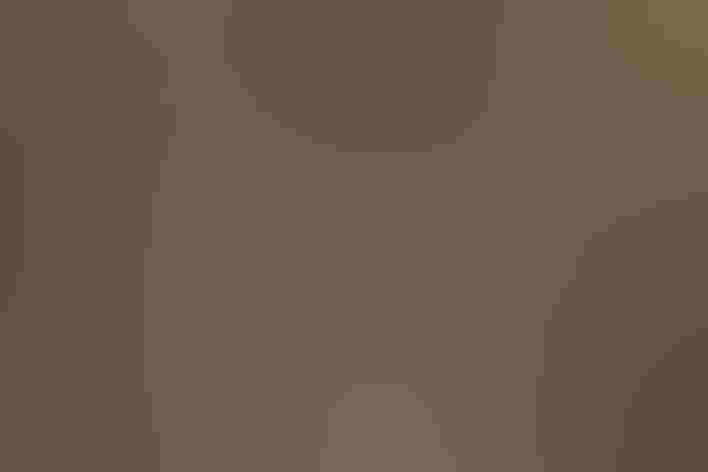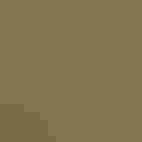LeConte’s Sparrow
At a Glance
Small and inconspicuous, but beautifully patterned, Le Conte's Sparrow is a bird of damp meadows and shallow marshes. It breeds across the northern prairies and winters in the Southeast. Often very secretive, it hides in dense low growth, flying away weakly when disturbed or simply scurrying away through the grass. In summer on the prairies its quiet song, a soft gasping buzz, may be heard to best advantage very late in the evening on still nights.
All bird guide text and rangemaps adapted from Lives of North American Birds by Kenn Kaufman© 1996, used by permission of Houghton Mifflin Harcourt Publishing Company. All rights reserved.
Category
New World Sparrows, Perching Birds
IUCN Status
Least Concern
Habitat
Fields, Meadows, and Grasslands, Freshwater Wetlands
Region
Eastern Canada, Florida, Great Lakes, Mid Atlantic, Plains, Rocky Mountains, Southeast, Southwest, Texas, Western Canada
Behavior
Flitter, Running
Population
5.100.000
Range & Identification
Migration & Range Maps
Migrates relatively late in fall and early in spring, with peak passage in many areas during October, March, and April. Rarely strays to Atlantic or Pacific Coast, mostly in fall.
Description
5" (13 cm). Orange-buff face stripes around gray cheek; white central stripe on black crown. Gray nape has fine pink stripes. Suggests Grasshopper Sparrow, but has sharp black streaks on sides.
Size
About the size of a Sparrow
Color
Black, Brown, Orange, Tan, White
Wing Shape
Broad
Tail Shape
Multi-pointed, Pointed, Rounded, Short
Songs and Calls
2 very thin, insect-like hisses.
Call Pattern
Flat
Call Type
Buzz, Chirp/Chip, Trill
Habitat
Tall grass, weedy hayfields, marshes. Breeds in wet meadows or the edges of marshes, in areas with damp soil or very shallow water and dense growth of grass, sedges, or rushes. Winters mostly in damp weedy fields, shallow freshwater marshes, coastal prairies.
Sign up for Audubon's newsletter to learn more about birds like the LeConte's Sparrow
Behavior
Eggs
3-5, usually 4. Grayish white, spotted with brown and gray. Incubation is by female only, probably about 12-13 days.
Young
Nestlings are fed by the female and possibly by the male. The age at which the young leave the nest is not well known.
Feeding Behavior
Does its foraging on or near the ground, often feeding on the ground under dense cover, sometimes moving about in low vegetation seeking insects. Almost always forages alone.
Diet
Mostly insects and seeds. Diet is not well known, but apparently eats mostly insects in summer, mostly seeds in winter. Eats caterpillars, leafhoppers, stink bugs, and many other insects, as well as spiders. Also eats seeds of grasses and weeds. Young are fed almost exclusively on insects.
Nesting
Nesting behavior is not well known, partly because the nests are very difficult to find. Male defends nesting territory by singing from a perch within tall grass; may sing by day or night. Nest site is usually a few inches above the ground, sometimes on the ground, well hidden in areas with large amounts of dead grass, rushes, or sedges remaining from preceding seasons. The nest (probably built by the female), attached to standing stems, is an open cup of grass and rushes, lined with fine grass and sometimes with animal hair.
Conservation
Conservation Status
May have declined in some parts of range as damp fields have been converted to farmland; however, still very common in available habitat.
Climate Threats Facing the LeConte's Sparrow
Choose a temperature scenario below to see which threats will affect this species as warming increases. The same climate change-driven threats that put birds at risk will affect other wildlife and people, too.






